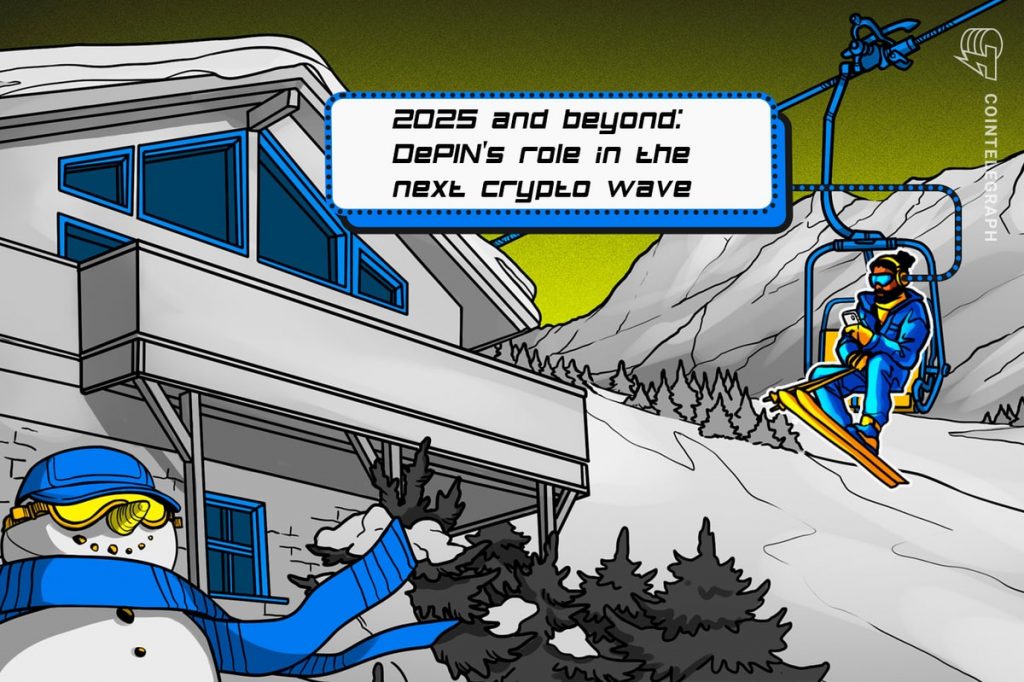In the latest episode of the Hashing It Out podcast, host Elisha Owusu Akyaw sat down with Tom Trowbridge, co-founder and CEO of Fluence Labs, to discuss the evolving concept of Decentralized Physical Infrastructure Networks (DePIN).
Trowbridge offers insights into this emerging sector, which he said is poised to disrupt traditional infrastructure models in the next year and beyond.
What is DePIN?
DePIN, Trowbridge explained, involves crowdsourcing physical infrastructure and binding it together through networks incentivized by crypto-economics.
This model enables decentralized data storage, mapping networks and other services to operate more efficiently, often at a fraction of the cost of centralized alternatives.
Trowbridge emphasized:
“DePIN projects need to offer superior products or they won’t work.”
The success of these networks hinges on delivering tangible value to customers, who prioritize product outcomes over the underlying technology.
Transition to decentralized computing
Reflecting on his journey, Trowbridge shared how he transitioned from leading the launch of Hedera Hashgraph to co-founding Fluence Labs.
His current focus is on addressing the dominance of tech giants in cloud computing by offering decentralized, cost-effective alternatives. He described how Fluence’s decentralized computing platform aims to enhance security and scalability while maintaining user flexibility.
Related: Synthetix, Kwenta launch v3 perpetuals on Arbitrum
Although DePINs may offer solutions to pigeonholed issues in centralized systems, the sector still faces challenges.
One challenge, according to Trowbridge, is customer acquisition. Although the sector has successfully attracted contributors, persuading businesses to adopt these services is still a significant hurdle.
He also emphasized the need to simplify DePINs’ messaging for audiences outside the crypto community, focusing on the utility of the products rather than using technical jargon.
DePINs in 2025
Trowbridge expressed optimism about DePINs’ potential to generate real-world revenue, which could make them less dependent on the volatile cycles of the speculative cryptocurrency market.
As the sector matures, he expects to see a significant shift in 2025, driven by innovative projects and an increasing demand for decentralized solutions.
The rest of the podcast looks at how DePIN may reshape the infrastructure landscape, offering a glimpse into the future of Web3’s practical applications.
Listen to the full episode of Hashing It Out on Cointelegraph’s podcast page, Spotify, Apple Podcasts or your podcast platform of choice. And don’t forget to check out Cointelegraph’s full lineup of other shows!
Magazine: Lawmakers’ fear and doubt drives proposed crypto regulations in US


